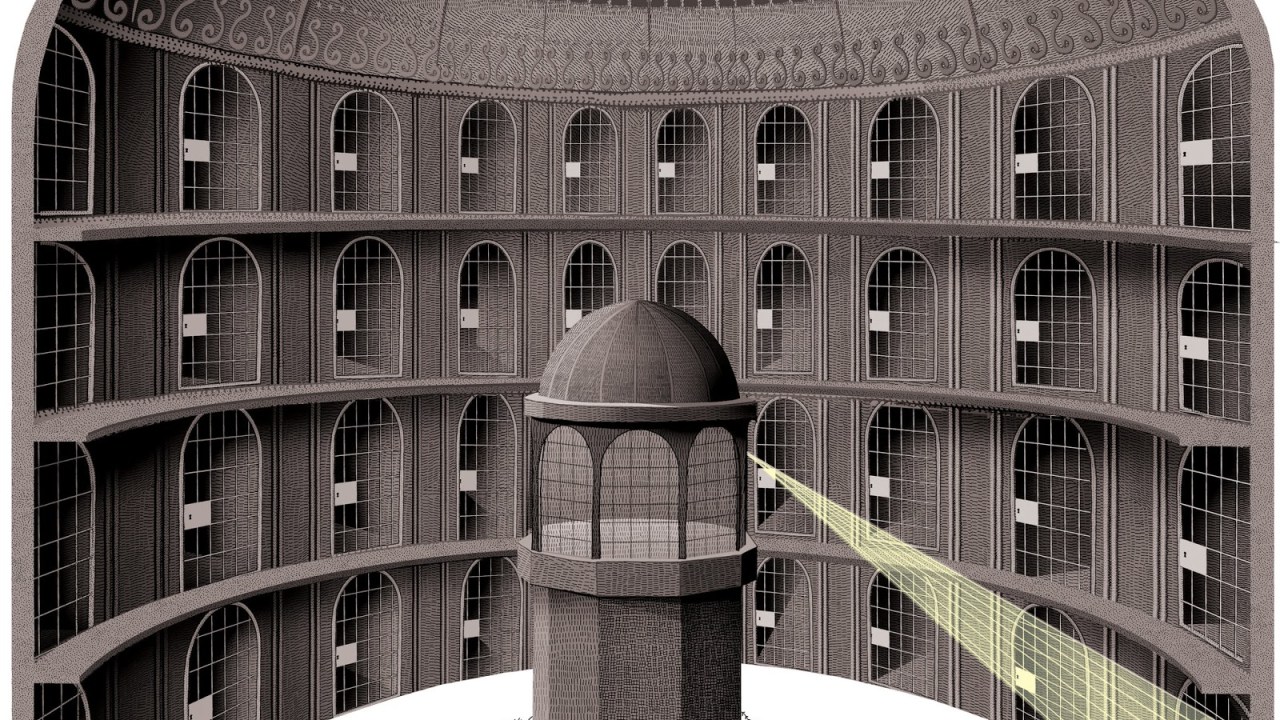
Who saw you on your way to work today?
Even if you didn’t see a soul, chances are, no matter where you live and work, someone did, or could, spot you, via one or more cameras monitoring intersections, store fronts, schools (not to mention your museum’s own video feeds).
London probably takes the prize for most closely surveilled city, with 1 camera for every 14 people (422,000 total). On my way to work this morning (via foot & Metro), I counted 26 cameras positioned to catch my smiling face–and those are only the ones I could spot. Here in Washington, DC, police only have about 90 cameras themselves, but they have access to video from over 300 private cameras belonging to local businesses. Metro has about 6,000 cameras and there are an additional 30,000 in DC public schools,
Welcome to the surveillance society, one in which you will have no reasonable expectation of remaining unseen outside your home. (Where Google’s street view camera might catch you in your front yard. Hopefully they remember to blur the image later.)
Until recently we were granted at least a thin veil of privacy by the sheer volume to data one would have to sift through to actually track anyone in particular. Enter Jenq-Neng Hwang, a professor of electrical engineering at the University of Washington. His algorithms can recognize people by general shape, pattern and appearance, matching images across separate video feeds to track an individual from place to place. With this technology, only legislative barriers to mining those feeds (and perhaps Adam Harvey’s Stealth Wear) stand between us and a “digital panopticon” of ubiquitous observation.
Your Futurist Friday assignment: watch this video about Hwang’s work (3 1/2 minutes) and consider:
- How do you feel about the trade-offs between security and privacy if Hwang’s algorithms are put to widespread use?
- Should technology like this only be used forensically (to investigate after a crime is committed) or does it have a legitimate place in crime prevention as well? (Shades of Minority Report.)
- What private (non-governmental) applications can you imagine for this technology?
- How could the ability to track individuals throughout museum space (indoors or out) assist your work, and what concerns does would this raise? (I threw you a softball there for that last question–perhaps a better Q would be, how long before people don’t even notice, or care?)








